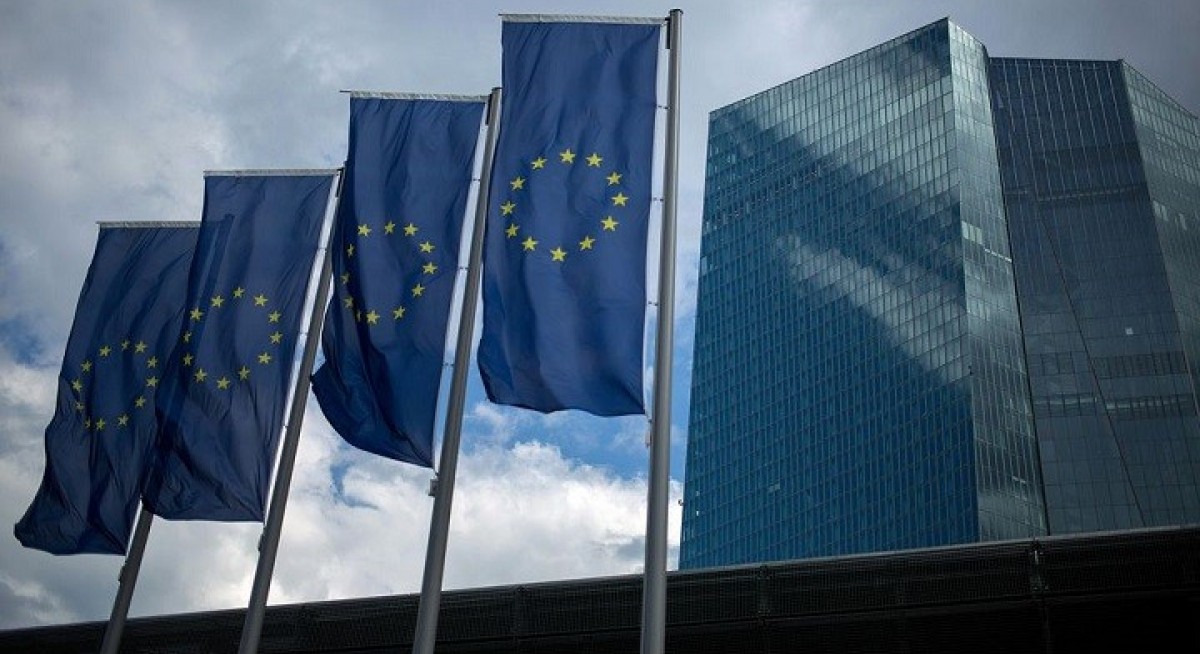Neutral top-down, selective bottom-up on Europe
“We still like European SMIDs and are overweight on them due to more innovation, cyclicality and earnings growth than their larger peers. We also like European banks due to improving economic growth combined with steep yield curves and healthcare as a defensive trade within Europe,” Ng says.
On European sovereign debt, Bunds were tactically upgraded to +1, or an “overweight” rating, in August, then cut back after yields rose. Ng says: “At the current stage and in line with DWS’s Multi Asset Strategy & Implementation Capability (MASIC) confirmation in September, our portfolios are still keeping the 10-year Bund recommendation at neutral and have implemented a steepening view, especially via the back-end of the curve.”
Ng runs “a modest tactical long bias via five-to-seven-year Bunds, 10-year Gilts and five-year Treasuries” for carry and roll, with 10+ year maturities at neutral or underweight. On spreads, she remains constructive but disciplined. “Despite tight spreads and expensive valuations across the board, we still prefer euro IG credit as fundamentals, technicals and demand remain strong,” she adds.
See also: Rethinking Japan - Missing the alpha for the beta?
Foreign exchange is the other leg of the European allocation. With the Monetary Authority of Singapore expected to keep the Singapore dollar on a steady path, Ng advises Singapore investors switching incrementally into Europe not to hedge the euro. “They should keep their big US exposure and an open euro position if they switch to Europe.”
DWS projects a modestly weaker dollar across the forecast horizon, with EUR/USD at 1.20 by September 2026. Cristoph Schmidt, head of multi-asset investment strategy, says: “For euro investors, the dollar has turned from a stabiliser into a potential risk factor ... This is the reason why we have drastically reduced the dollar weighting in our strategies.”
In 4Q2025, Ng advises staying “cautiously constructive” but flags a higher chance of an equity correction than a further rally — the portfolio advice: diversify beyond AI through regions, sectors and themes. “Our analysts believe that pharma valuations should have troughed (overweight on healthcare) and branded consumer product volumes should stabilise from here (neutral on consumer staples). Our long list of sub-sector calls might offer additional portfolio diversification. Some examples, we like gold miners, the US media, consumer retail, Nordic banks, European telecoms, and electrical equipment,” she says.
See also: JP Morgan chases disruption below megacaps as AI broadens opportunity set
High yield needs careful selection as risk premia compress. Ng likes Japanese insurance subordinated debt for spread pick-up versus A/BBB peers and Macau gaming for carry, supported by stable gross gaming revenue (GGR) and access to cheaper bank funding for refinancing. She avoids smaller Indian renewable issuers that lack strong equity backers.
DWS’s credit team is also cautious on valuations. “Yield spreads versus sovereign bonds are currently below 300 basis points ... Currently, yield spreads are, particularly in this sector, too low, thus rather insufficiently discounting for risks,” says portfolio manager Per Wehrmann, who prefers shorter high-yield maturities.
A minimum volatility strategy is back on DWS’s preferred list as dispersion rises and policy uncertainty lingers. “Minimum volatility is currently perceived as one of our key diversifiers within our equity allocation. We believe that this should persist into 2026 as tail risks for economic growth and inflation stay high, combined with elevated geopolitical uncertainty,” Ng says.
Keeping S&P 500 at equal weight
Ng highlights the strategy’s lower concentration relative to cap-weighted world equities and its favourable long-run capture ratios. DWS is also keeping the S&P 500 at equal weight as a US-only diversifier, warning that market leadership there remains top-heavy.
In contrast, Asian benchmarks are less concentrated, with the MSCI Asia Index’s top 10 names making up roughly 23% of weight, compared to about 38% in the S&P 500. “Cyclical blue chips and SMIDs should profit,” adds Schweneke, who prefers Europe over the US on valuations and earnings momentum.
In the US, Ng is staying neutral on duration and uses about 4.2% in 10-year yields as a level to sell rallies, noting that current levels are near the lower end of the technical range. In Europe, the preference is to run the steepener mainly via five- to seven-year Bunds, while keeping the 10-year headline stance at neutral.
On the macro split, Ng expects US growth to look less “exceptional” as demographics bite, even if AI offsets some drag. She sees a relative re-rating of Europe, led by Germany’s infrastructure and defence push, with spillovers in the region. Her team is forecasting German GDP growth of +1.2% next year and +1.7% in 2027, with growth around 1.1% for the euro area.
For North Asia, she expects a slower shift away from US dollar-heavy allocations, However Taiwan and South Korea could diversify at least 10% of their US assets into Europe, while China and Japan already have some exposure. Asean, she notes, should stay more diversified across Europe and intra-Asia.




